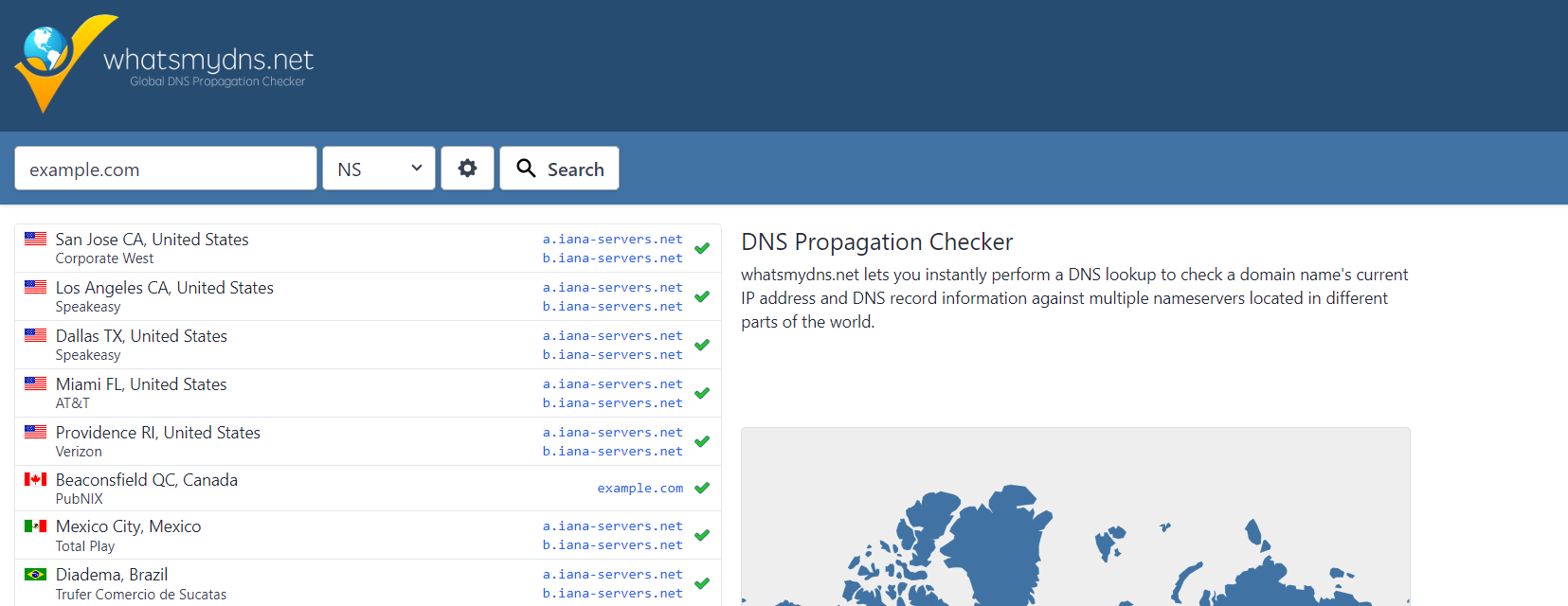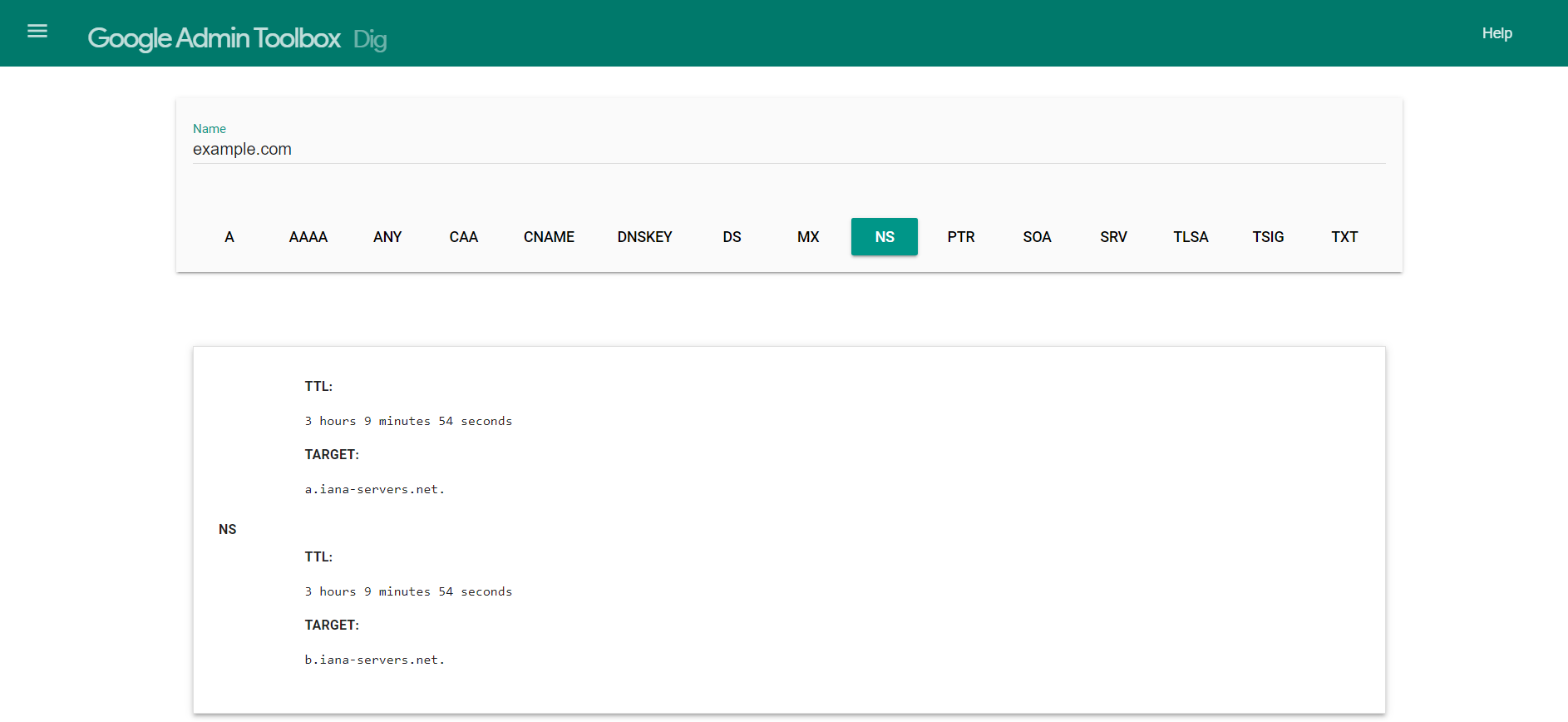DNS Propagation: Timeframes, Tools, and Troubleshooting
After DNS records are added or updated, the change can take some time to update across the Internet. This period is called propagation. When a domain is opened in a web browser, the request doesn't go directly to the hosting server. It has to pass through several Internet Service Provider nodes first; your computer starts by checking the local DNS cache, where previously viewed information is stored. Afterward, the request is sent to your ISP and, from there, to the hosting server. Each node will check its cache first, and because ISPs refresh their caching at different intervals, it can take some time for the changes you've made to reflect globally.
What Is DNS Propagation
DNS propagation is the process through which updated DNS records—such as name server changes or new A records—spread across the global network of DNS servers. When a DNS change is made, it doesn’t reflect instantly everywhere. Instead, Internet Service Providers (ISPs) and other DNS resolvers cache old records, which takes time for those caches to update. This delay is known as propagation and can cause your website changes to appear inconsistently across different regions.
How Long Does DNS Propagation Take?
Nameserver updates can take 24-48 hours, and individual DNS updates can take 4-8 hours on our servers, but can take up to 24-48 hours to propagate globally. The exact duration depends on several factors:
- TTL (Time to Live) - values set on your DNS records
- ISP caching policies
- Geographic location of users
- Type of DNS record updated
Some users may see the old website or receive DNS errors during this time, while others may already see the updated site.
DNS Propagation Timeline (Example)
| Time Since Update | U.S. Servers | EU Servers | Asia Servers | Australia Servers |
|---|---|---|---|---|
| 0 Hours | ❌ Not updated | ❌ Not updated | ❌ Not updated | ❌ Not updated |
| 6 Hours | ✅ Some updated | ❌ Not updated | ❌ Not updated | ❌ Not updated |
| 12 Hours | ✅ Majority updated | ✅ Some updated | ❌ Not updated | ❌ Not updated |
| 24 Hours | ✅ Updated | ✅ Updated | ✅ Some updated | ✅ Some updated |
| 48 Hours | ✅ Updated | ✅ Updated | ✅ Updated | ✅ Updated |
Note: Actual times may vary based on TTL and ISP refresh schedules.
How Can I Check DNS Propagation?
You can monitor your domain’s DNS status globally using these free tools:
These tools allow you to:
- Enter your domain
- Choose the record type (A, CNAME, MX, etc.)
- View results from DNS servers in multiple countries
Advanced (Command Line Tools)
nslookup– Runnslookup yourdomain.comin the Command Prompt or Terminal to query DNS records.dig– Rundig yourdomain.comordig @8.8.8.8 yourdomain.comfor more detailed DNS info.
Can Propagation Be Expedited?
Although you can’t eliminate the delay, you can minimize the impact of propagation with these techniques:
- Lower TTL in Advance
Set TTL values to 300 seconds (5 minutes), 24–72 hours before changes. This allows faster cache refresh.
- Use Global Traffic Managers
Cloudflare or AWS Route 53 can direct users to the nearest server, improving response during propagation.
- Parallel Hosting
Host your site temporarily on old and new servers, ensuring availability regardless of DNS status.
- Inform Users
Let your customers or users know about planned DNS changes to set expectations for potential downtime.
- Monitor Progress
Use tools like DNS Checker to watch DNS record updates globally.
- Contact ISPs (Advanced)
Large ISPs may manually clear their DNS cache for critical use cases, but this is rare and not guaranteed.
How Will I Know When DNS Propagation Is Complete?
You’ll know propagation is complete when:
- Your new DNS records show up consistently in DNS tools like DNSChecker.org
- You can access the site from different devices, ISPs, or regions
- There are no inconsistencies or DNS errors across browsers and devices
Additional Methods:
- Use a VPN to simulate requests from other regions
- Run
digornslookupon different networks (e.g., mobile vs Wi-Fi) - Contact your hosting provider to confirm record updates
What Happens to DNS Records When Hosting Expires?
If your hosting plan is canceled or expires, all DNS records will be deleted from your DNS host. These are not recoverable unless you've kept a backup. Some historical data may appear in tools like DNS Trails, but it is not guaranteed. Always back up your DNS zone records before switching hosts or canceling services.
Summary
DNS propagation is the time it takes for updated DNS records to reflect across all DNS servers on the Internet. Typically lasting 24–48 hours, it’s influenced by TTL settings, ISP cache refresh rates, and server geography. You can monitor propagation progress using Dig Web Interface, WhatsMyDNS, or command-line utilities like dig and nslookup. While the process can’t be expedited entirely, planning changes, reducing TTL beforehand, using parallel hosting, and notifying users can significantly reduce downtime. Understanding DNS propagation helps ensure a smooth website transition and better control over your online presence.
If you need further assistance, feel free to contact us via Chat or Phone:
- Chat Support - While on our website, you should see a CHAT bubble in the bottom right-hand corner of the page. Click anywhere on the bubble to begin a chat session.
- Phone Support -
- US: 888-401-4678
- International: +1 801-765-9400
You may also refer to our Knowledge Base articles to help answer common questions and guide you through various setup, configuration, and troubleshooting steps.


